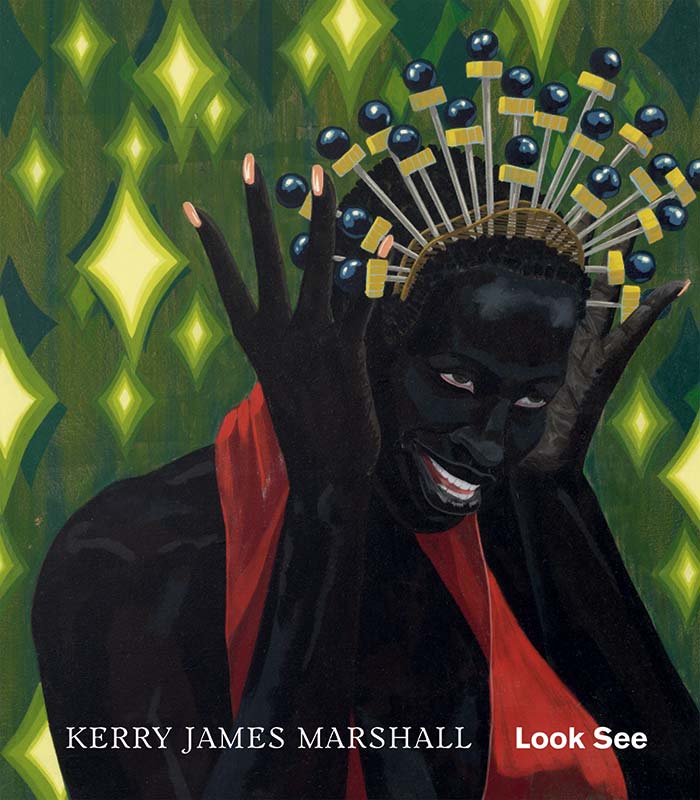Figuring History
Robert Colescott, Kerry James Marshall, Mickalene Thomas
Texts by Jacqueline Francis, Catharina Manchanda, and Lowery Stokes Sims
Contemporary artists Robert Colescott (1925–2009), Kerry James Marshall (b. 1955), and Mickalene Thomas (b. 1971) are distinguished by their attention to a history of representation, which they re-visit and revise to reflect on individual and collective Black experience. Equally engaged with social and political histories, and the history of art, Colescott, Marshall, and Thomas have created works that at times poignantly and satirically critique dominant narratives and posit alternatives. By considering these artists together, this thought-provoking book expands our understanding of contemporary history painting, a genre first defined during the 17th century and known for didactic paintings that often depicted Biblical or mythological subjects, and expressed the tastes and narratives of a ruling class. Colescott, Marshall, and Thomas marry appreciation of these traditional forms of representation to a deep understanding of contemporary American culture to create insightful works that disrupt historic narratives and read canonic art history against the grain.
Publisher: Yale University Press / Seattle Art Museum
Artists: Kerry James Marshall
Publication Date: 2018
Binding: Hardcover
Dimensions: 12 x 9 in | 30.5 x 22.9 cm
Pages: 96
Reproductions: 59 color
ISBN: 9780300233896
Retail: $35 | £25
Status: Not Available
Kerry James Marshall
With a career spanning almost three decades, Kerry James Marshall is well known for his paintings depicting actual and imagined events from African-American history. His complex and multilayered portrayals of youths, interiors, nudes, housing estate gardens, land- and seascapes synthesize different traditions and genres, while seeking to counter stereotypical representations of black people in society. Marshall also produces drawings in the style of comic books, sculptural installations, photography, and video. As with his paintings, these works accumulate various stylistic influences to address the historiography of black art, while at the same time drawing attention to the fact that they are not inherently partisan because their subjects are black.

